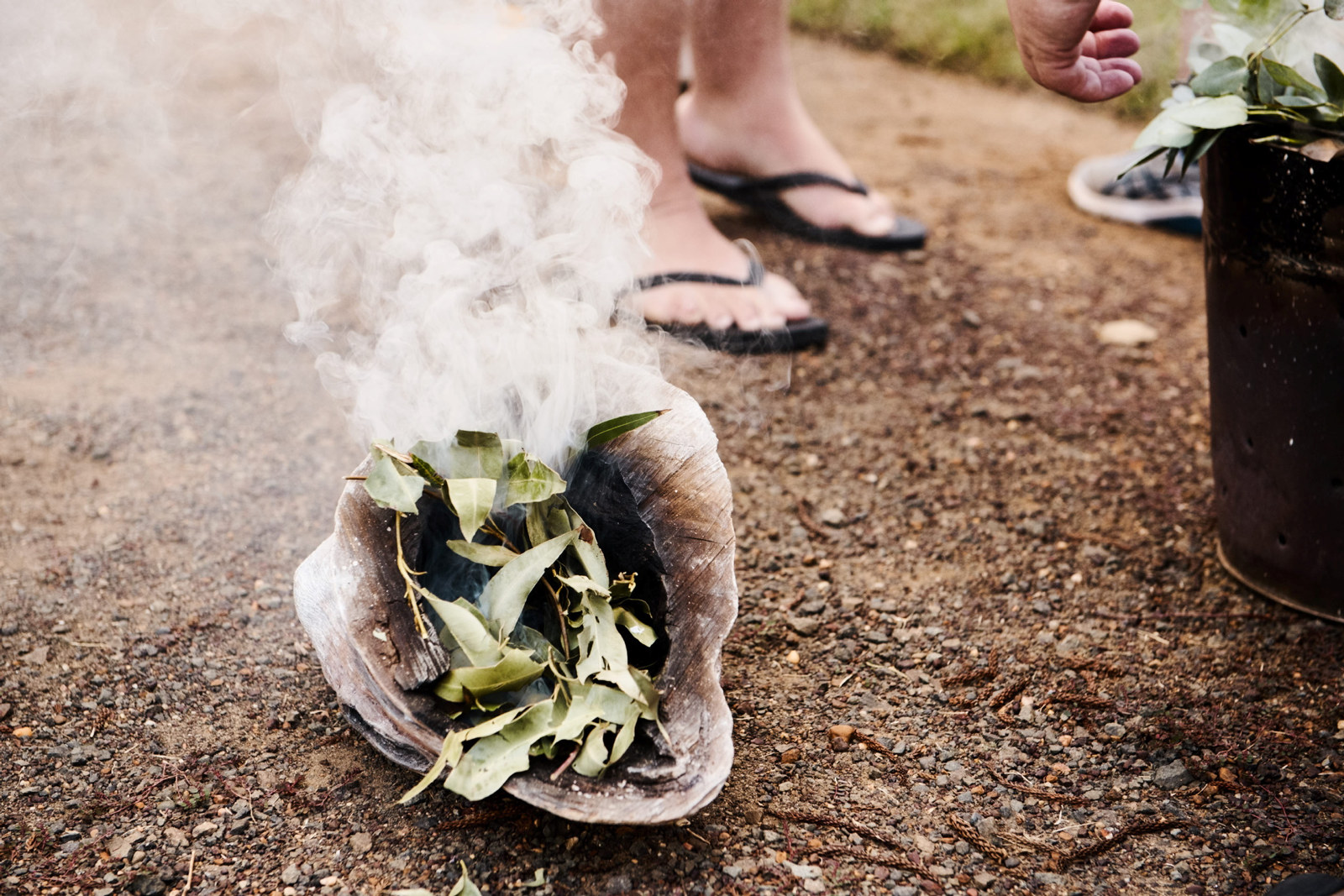Expansion
Convicts played a crucial role in the new colony’s rapid spread, which dispossessed and displaced Australia’s First Peoples, and indelibly altered their lands.
The colonisation of NSW had been founded on prospects of economic advantage – for Britain and Britons. ‘Greedy of gain’,1 colonisers, convicts and settlers looked to the land and waterways and all they produced for potential profit. Government surveyors were instructed ‘to make surveys of, and mark out in lots, such lands upon the said territory [of NSW] as may be necessary for [settlers’] use’.2 Plots were granted or sold, from small 30-acre parcels for emancipated convicts to vast tracts for free settlers and opportunistic speculators, provided the land was ‘improved’, usually for agricultural development.
Governor Phillip had fixed the boundaries of ‘County Cumberland’ in 1788, extending from the Blue Mountains in the west, and along the coast from the southernmost parts of Botany Bay to the northernmost parts of Broken Bay. By the turn of the century, colonial activity had extended further south to the Illawarra, inland along the Nepean River to the Cowpastures, and north-west along the Hawkesbury to Richmond. But by 1820 Cumberland County was ‘in an exhausted state’ and struggled to support the rapid increase in livestock.3 Pressure was on to open up new territories for government and free enterprise in agricultural, pastoral and extractive industries, and a new, aggressive push to expand took settlers and convict workers further into Aboriginal peoples’ country.
‘The graves of their fathers … trodden under foot’
Convicts were central to colonial expansion, ever present at the fringes of a steadily growing ‘frontier’. Some worked as labourers and overseers on government projects. Others were assigned to private landholders – some of whom had once been convicts themselves – and independent companies, and in extractive industries such as logging and mining, often commissioned by speculative Sydney-based traders and merchants. It was convict labour that ravaged a landscape that had been nurtured and cultivated by Aboriginal peoples for millennia. Roads were forged, rivers diverted and swamps drained. Stone was quarried, bricks were formed from clay beds and forests stripped of hardwood or cleared to build camps, settlements and townships and provide ground for cultivation; grasslands were overrun and soils compacted by cattle and sheep. All this activity compromised or completely eradicated Aboriginal peoples’ places of cultural significance, sacred and ceremonial grounds, their farming areas and other food sources.
This consequence was not lost on contemporary chroniclers such as Godfrey Mundy, who recorded his observations of the colony during his travels as a senior military officer in the 1840s:
A tract of rich and virgin pasture is heard of through a surveyor or through some adventurous settler or stockman riding in search of fresh ‘runs;’ and in an incredibly short time it is overrun with livestock. Heedless of the heritage of the savage, the vigilant squatter hurries to be the first white occupant. Depasturing licences are procured from Government, stations are built, the natives and the game on which they feed are driven back – the latter chased and killed by the Englishman’s greyhounds; the graves of their fathers are trodden under foot by the stranger …4
An ever-expanding footprint
The census of 1828 maps colonial activity in the south through the Illawarra and Shoalhaven regions to Lake George, the Goulburn Plains and Southern Highlands, west beyond Bathurst into the Wellington Valley, and up through the Hunter region and various coastal outposts from Newcastle to Port Macquarie, including 1 million acres at Port Stephens granted to the privately owned Australian Agricultural Company in 1824. This voracious appetite for land and commercial enterprise was fed by the convict system and the labour it provided. Some 40 per cent of the colony’s population of 36,600 were located in these outlying areas, the great majority of them convicts or ex-convicts.
Working on the edges of this ever-expanding footprint, convicts were at the forefront of intercultural exchange with traditional owners, and while some relationships were amicable and cooperative, conflict between the two communities was often volatile. It wasn’t uncommon for private landowners and businessmen to leave their more distant operations to be run by ‘hireling convicts – emancipist, expiree, or ticket-of-leaver’,5 many of them characters ‘not remarkable either for humanity or honesty’.6 They were often left to protect and defend the owner’s property, and confrontations frequently escalated into open hostility, sometimes malicious and predatory.
By 1829, under Governor Darling’s direction, the colony’s boundaries reached even more extensively into First Peoples’ countries. Divided into 19 counties, the colony stretched from Batemans Bay to Kempsey, and swept inland along the Murrumbidgee River, up along the western edges of the Wellington Valley to the northern reaches of the Liverpool Plains.
The population had more than doubled to over 77,000 colonists by 1836, and the census taken that year reflects the further intrusion into Aboriginal lands, with some 32,000 people now living and working well beyond the early settlement boundaries, even as far as Port Phillip (Melbourne).
The legacy of dispossession
Officially, Aboriginal people in NSW were considered British subjects, and their rights protected under British law. However, this didn’t protect their lands from colonial expansion. The claiming, occupying and exploiting of Aboriginal country sat uncomfortably with those willing to admit it (more likely those who relied little on material gain from the advantages this bestowed). In language uncannily prophetic of calls heard today, Mundy stated:
With reference to the possession of the country … we hold it neither by inheritance, by purchase, nor by conquest, but by a sort of gradual eviction. As our flocks and herds and population increase, and corresponding increase of space is required, the natural owners of the soil are thrust back without treaty, bargain or apology ...7
The legacy of colonial possession of country is inseparable from our convict heritage, and its deeply detrimental impact on Aboriginal Australia is still felt today.
Notes:
- 1. Godfrey Mundy, Our antipodes, or, residence and rambles in the Australasian colonies: with a glimpse of the gold fields, vol 1, Richard Bentley, London, 1852, p230.
- 2. Phillip’s Instructions, 25 April 1787, Historical Records of Australia, series 1, vol 1, p14.
- 3. Government notice, Sydney Gazette, 9 December 1820, p1.
- 4. Godfrey Mundy, Our antipodes, p226.
- 5. Godfrey Mundy, Our antipodes, p228.
- 6. Robert Dawson, The present state of Australia: a description of the country, its advantages and prospects, with reference to emigration: and a particular account of the manners, customs, and the condition of its Aboriginal inhabitants, Smith, Elder & Co, London, 1831, p41.
- 7. Godfrey Mundy, Our antipodes, p226.
Related
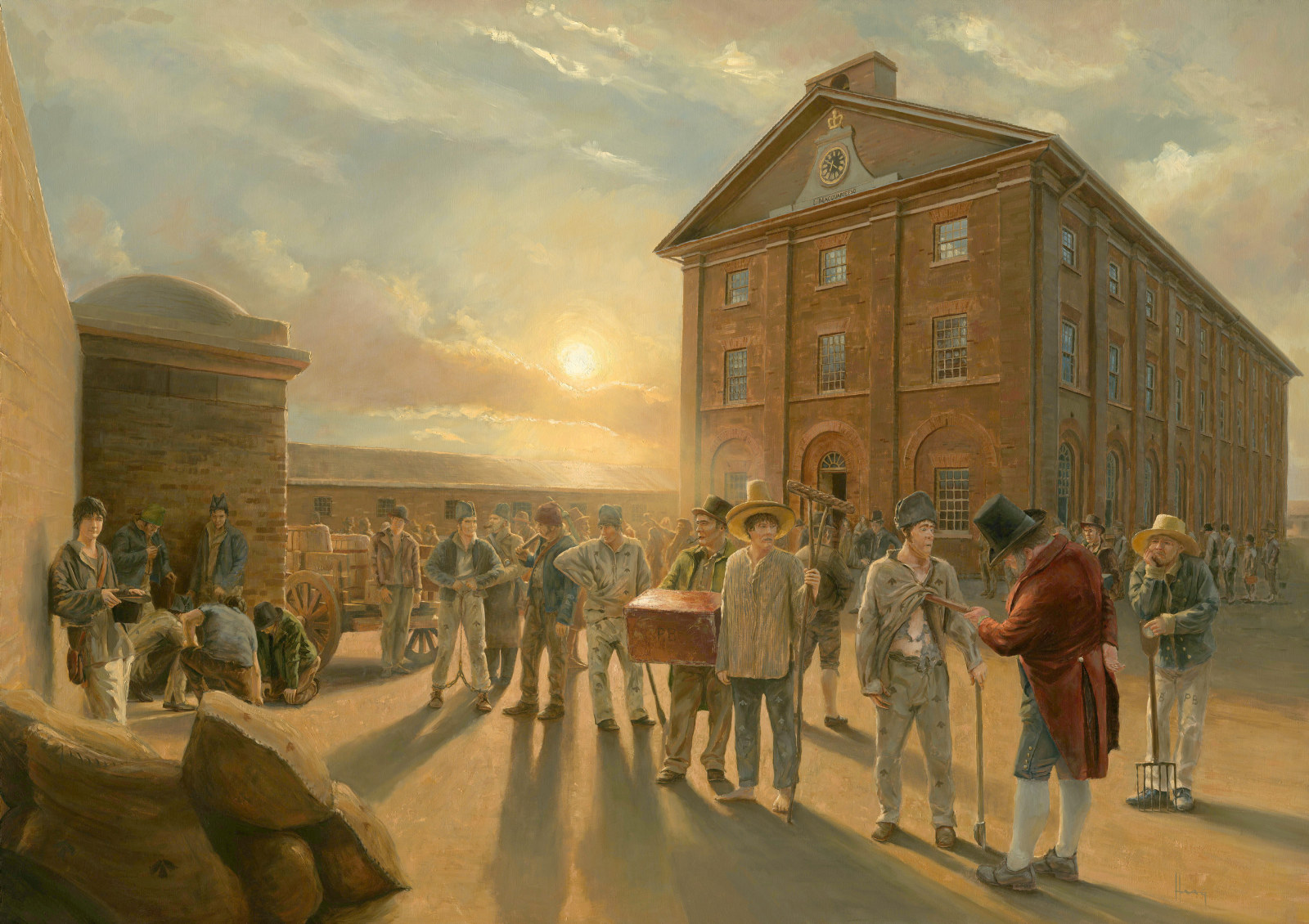
Convict Sydney
Convict Sydney
From a struggling convict encampment to a thriving Pacific seaport, a city takes shape.
Published on
Convict stories
Browse all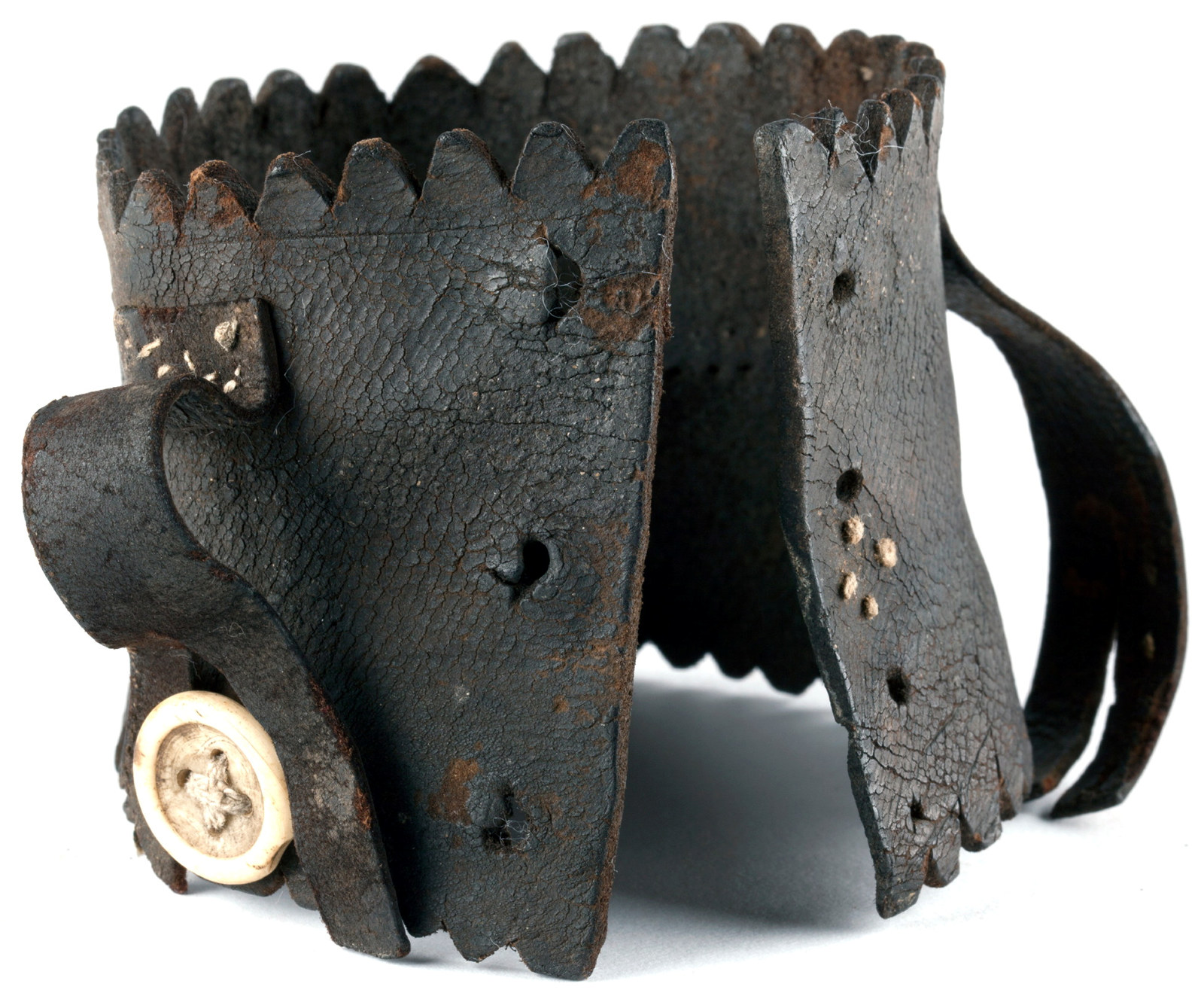
Convict Sydney
Leg Iron Guard
A stunning example of an improvised handicraft, this leather ankle guard or ‘gaiter’ was made to protect a convict’s ankle from leg irons
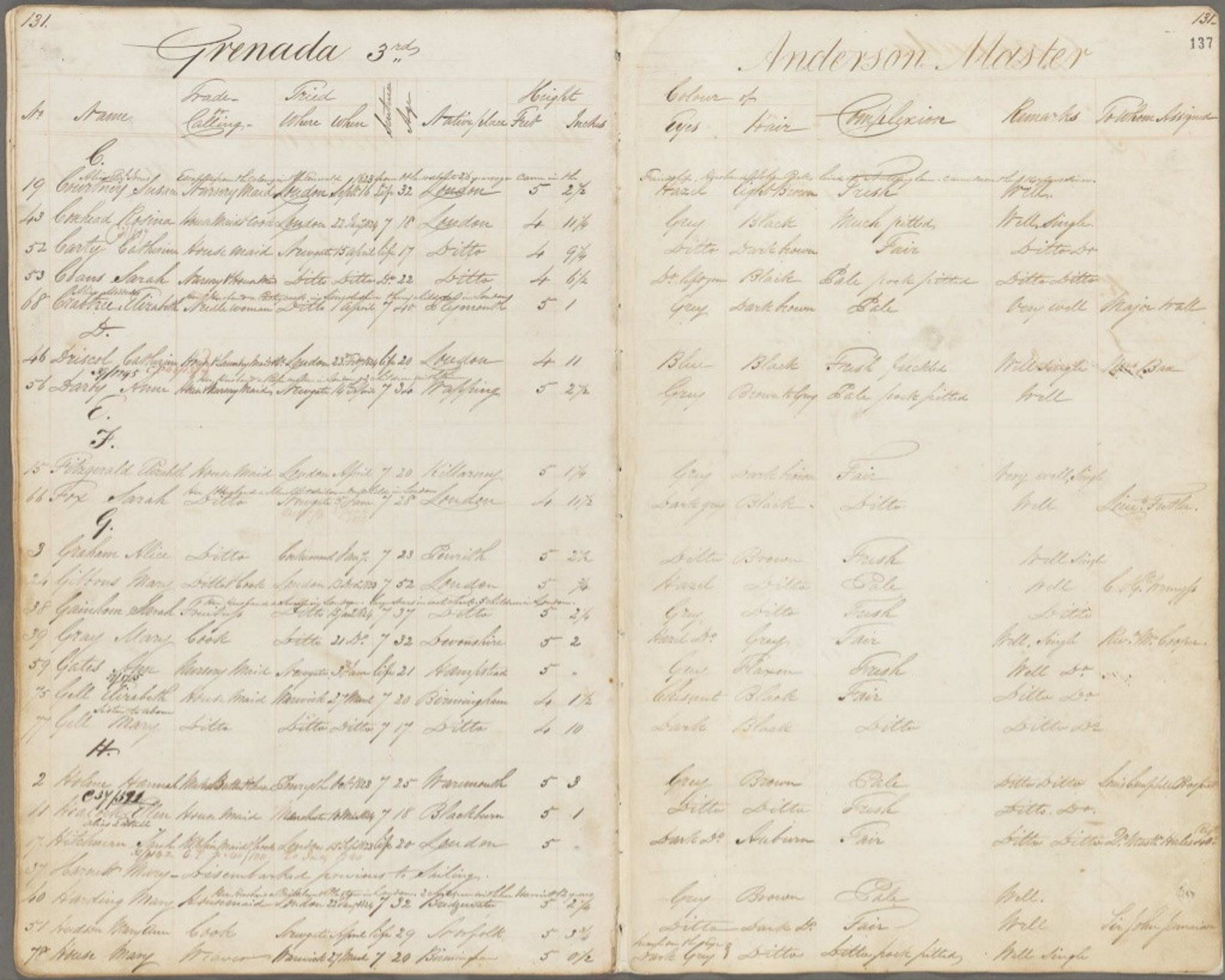
On This Day
10 Sep 1823 - escapee re-transported to NSW
On the 10th of September 1823 Susan Courtney was tried in England for returning from transportation
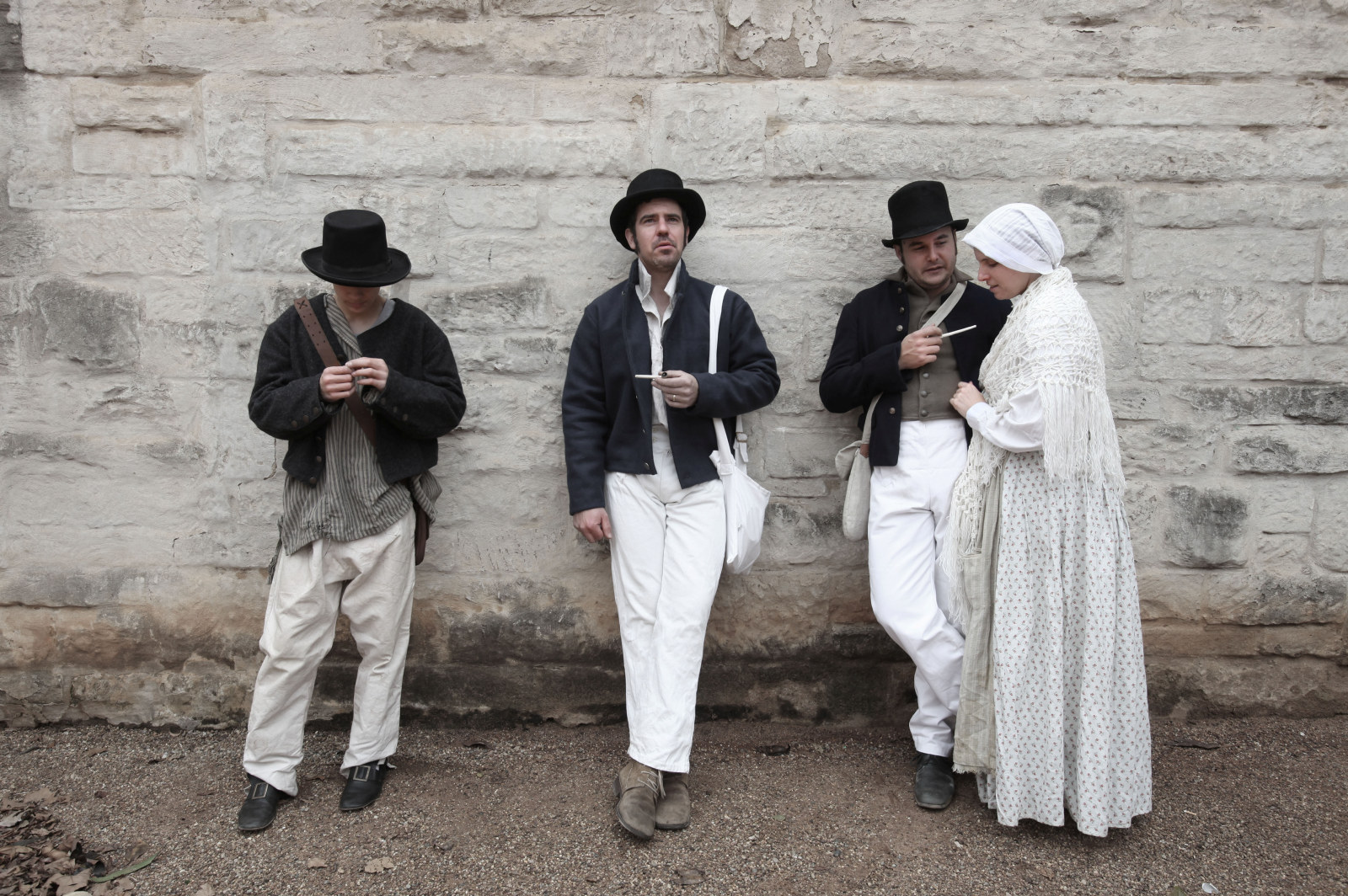
Convict Sydney
1801 - Day in the life of a convict
In the young colony, there was no prisoner’s barrack - the bush and sea were the walls of the convicts’ prison
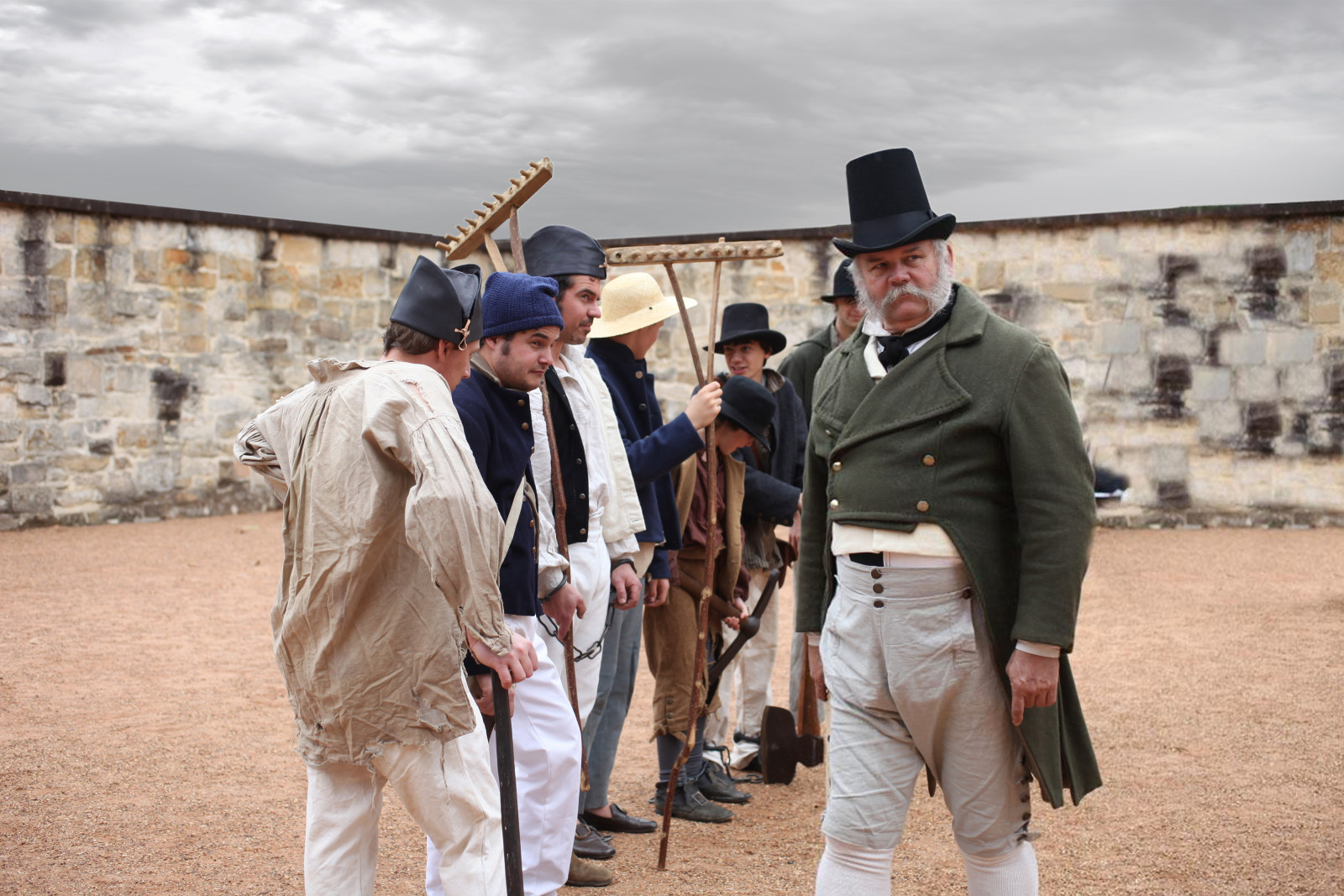
Convict Sydney
1820 - Day in the life of a convict
By 1820 the days of relative freedom for convicts in Sydney were over
